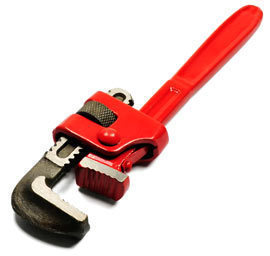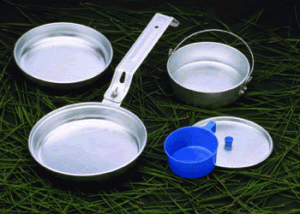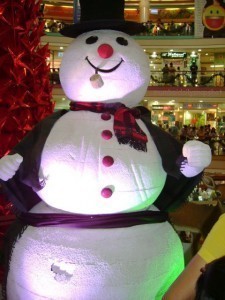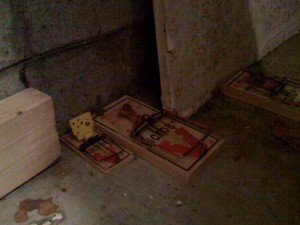Utility Knife Sizes
A utility knife is a cutting tool with a short retractable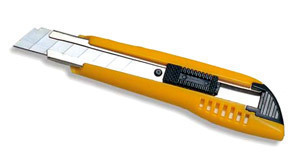 blade that is used in different crafts and trades. Lightweight and easy to carry, it is often used in warehouses, factories, supermarkets, offices and even in homes to open packages, carton boxes, or cut cords and tapes. This tool is also known as cutter, box cutter, carpet knife, stationary knife, penknife or razor blade knife. It consists of a simple and cheap holder typically made of plastic or metal. Utility knife sizes range from three to four inches long and its flat holder is typically about one inch wide. By pressing a lever on the handle, the user can manually slide the blade out of the handle and locked into position in the desired length. By extending and locking into position just a small portion of the blade, the user can slice through the tape sealing of a package or box without damaging its contents.
blade that is used in different crafts and trades. Lightweight and easy to carry, it is often used in warehouses, factories, supermarkets, offices and even in homes to open packages, carton boxes, or cut cords and tapes. This tool is also known as cutter, box cutter, carpet knife, stationary knife, penknife or razor blade knife. It consists of a simple and cheap holder typically made of plastic or metal. Utility knife sizes range from three to four inches long and its flat holder is typically about one inch wide. By pressing a lever on the handle, the user can manually slide the blade out of the handle and locked into position in the desired length. By extending and locking into position just a small portion of the blade, the user can slice through the tape sealing of a package or box without damaging its contents.
Some models have hollow handles containing spare blades that can be quickly opened to allow the user to conveniently change blades once the old one gets dull. Another model features a long, segmented blade that allows the user to snap off the dull tip so that the sharp tip of the next section is exposed for ready use. When all the segments of the blade are used up, the remaining portion is disposed and a new blade is inserted into the handle. First introduced in Japan in 1956, the snap-off segmented blade followed the concept of segmented chocolate bars that can be broken into bite-sized pieces and the principle that certain metals, like glass when broken, produced sharp edges. While utility knife sizes lie in between that of a paring knife and a chef’s knife, these are very rarely used in the kitchen despite their sharp cutting edge and versatility as cutting tools. Utility knives are too short, flimsy and unwieldy for cutting or slicing many food items on the chopping board.
Considering limited utility knife sizes and their fragile blades, these cutting tools are not generally regarded as weapons. Perhaps because of this lenient view, some criminal elements have taken advantage of the lax security controls in public places like airports and schools to slip in innocent-looking box cutters for use in nefarious activities. To illustrate, some U.S. officials have suggested that box cutters were used in the hijackings that led to the 9/11 terror attacks. There were also instances when utility knives were used in street muggings and at least one student was stabbed to death with the tool in Japan. As a result, airport security personnel no longer allow passengers to carry box cutters on board the plane and some countries have passed laws making it illegal to sell box cutters to minors. Despite these, utility knives continue to be useful and indispensable tools for the responsible citizen, craftsman and warehouse worker.
